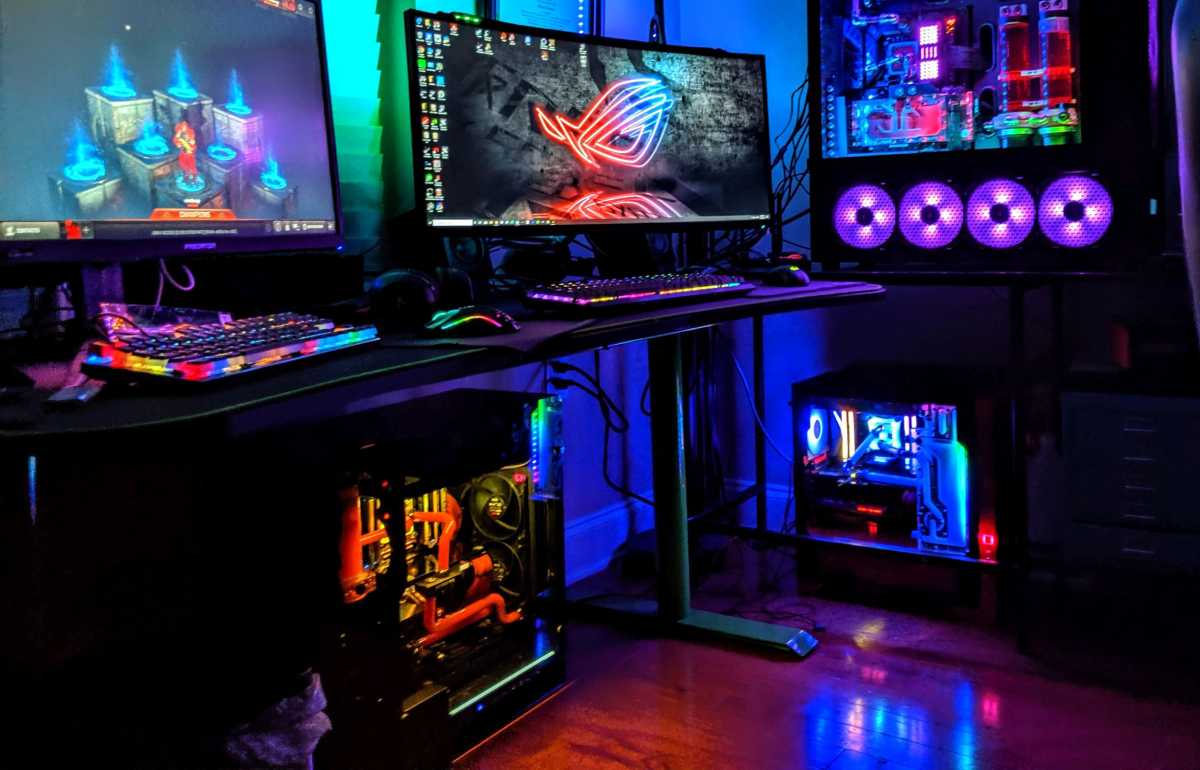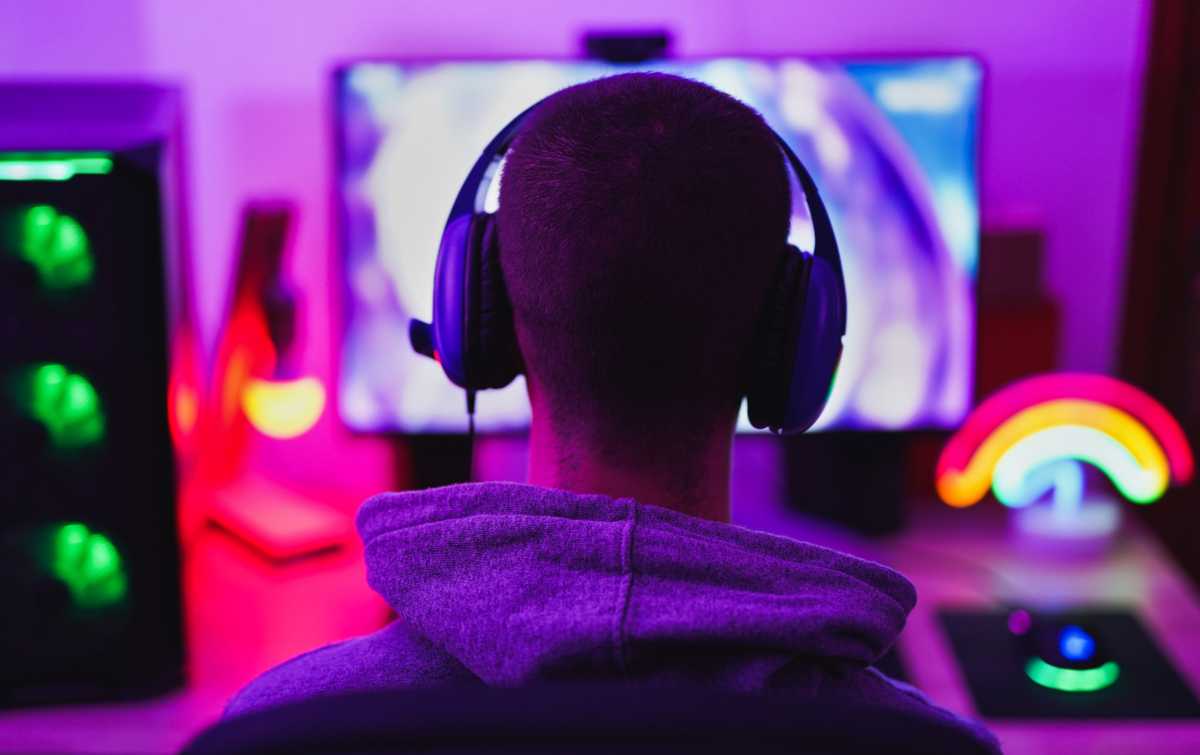Ah, refresh rates. If you’re looking to get the most out of your e-sports games, listen up. Most monitors aren’t set up with the highest option straight out of the box, which means you might be missing out on some buttery smooth gameplay. So, whether you’re looking to increase your refresh rate for the ultimate gaming experience or figure out which one is is best for you and your play style, we’ve got all the answers here. Read on to learn more.
[Tested: Do high refresh rate monitors make games faster?]

Thiago Trevisan/IDG
What’s a refresh rate?
The refresh rate is how quickly a monitor can pull up a new image. In other words, the higher the refresh rate, the smoother the visuals will look on your screen. Essentially, it reduces annoying flickering or stuttering in faster-paced games. Higher refresh rates matter more if you’re playing action-packed games like Cyberpunk 2077 as opposed to older titles like Minecraft, which are less demanding on your computer’s system. However, when it comes to picking a monitor with a specific refresh rate, it really depends on what you plan on using it for. Are you a casual gamer or are you looking to dip your toes in the competitive arena?
If you’re just watching movies or browsing the web, a monitor with a high refresh rate isn’t going to impact the visuals all that much. If you’re playing intense first-person shooters, then a higher refresh rate will definitely improve your gameplay. Your monitor needs to be able to keep up with a GPU that’s shelling out 100 frames-per-second, though. They need to work in tandem. If your GPU is pumping out a bazillion frames-per-second and your monitor isn’t refreshing fast enough, you’ll experience screen tearing, which is when the image looks like it’s being split in two.
How do I check and change my monitor’s refresh rate?
Checking or changing your monitor’s refresh rate is simple. If you’re using Windows 10 or 11, press the Windows + I buttons to access the Settings menu (you can also open it from the Start menu). From there, click on Display Settings and then scroll down to Advanced Display Settings. This is where you’ll find the monitor’s model number, the current refresh rate, and other supported refresh rates. By selecting Choose a Refresh Rate, a drop-down menu with supported refresh rates will appear. Try different options to find your preferred refresh rate.
[How to change your monitor’s refresh rate (and why gamers should check pronto)]
Why would I need a higher rate?

Sabrina Bracher
The sweet spot for a monitor with a solid refresh rate depends on what kind of gamer you consider yourself to be. For those who want to try out competitive gaming, I recommend a monitor with a 144Hz refresh rate because it’s a decent starting point. They’re not outrageously expensive (many of them often go on sale) and they work well with first-person-shooter games, which rely on fast reaction times. For casual gamers, 60Hz is perfectly acceptable.
As someone who spends almost every night on Final Fantasy XIV, I can say with confidence that my Acer R221Q monitor gets the job done. It has a max refresh rate of 60Hz, which is fine for this type of game. You don’t need to worry about fast reaction times in MMOs. Still, when I’m in the middle of a dungeon, I don’t experience any stuttering or screen tearing. Plus, these monitors are more affordable than other options. That said, the jump from 60Hz to 144Hz is noticeably better.
If you’re jonesing for some ultra-competitive gaming, you’re going to want 360Hz and above. These monitors are great for professional gamers and e-sports titles, as they’re able to update the image lightning-fast. However, there are a number of drawbacks, including the requirement for a compatible GPU. The prices are also astronomically high. Drawbacks aside, you won’t find a smoother or clearer image.
How are frame rates related to refresh rate?
The GPU’s frame rate is entirely separate from the monitor’s refresh rate. FPS (aka frames-per-second) is the number of frames your GPU is making. The refresh rate is how frequently the monitor updates the image on the screen. If your GPU’s frame rate is higher than your monitor’s refresh rate, you’re going to run into some problems. When the two aren’t lining up, you’ll experience the wackiness of screen tearing, where two different images will show up at once. VSync technology fixes this by essentially forcing the GPU and monitor to get along by synchronizing them.


